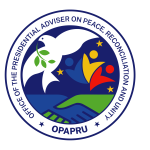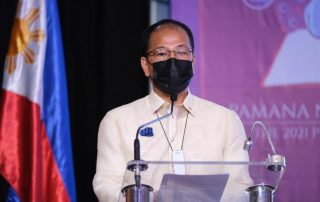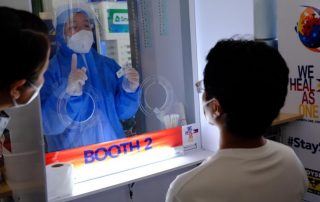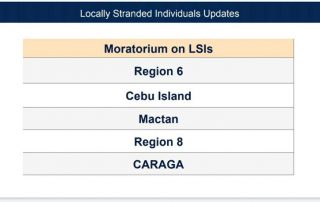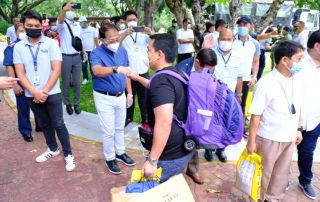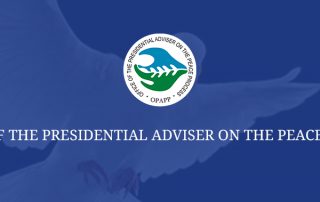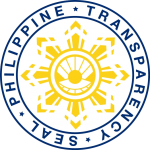Philippine Peace Process milestones take center stage in Pre-SONA Forum
CAMP AGUINALDO, QUEZON CITY — Over the past five years, the Duterte Administration has been relentless in pushing forward the comprehensive Philippine peace process and realizing the commitments made by the national government under all signed peace agreements. (more…)

